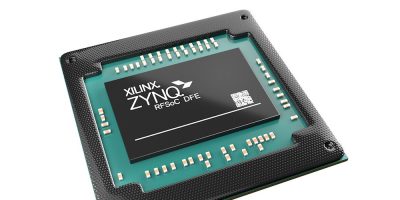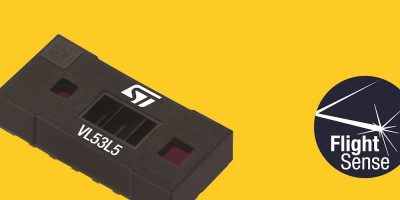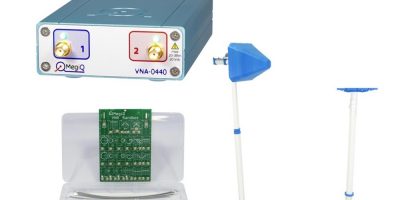Adaptive radio platforms are flexible for evolving 5G standards and with a hardened radio digital front end for performance, power, and cost effectiveness, says Xilinx.
The Zynq RFSoC DFE adaptive radio platform is designed to meet the evolving standards of 5G NR wireless applications. It combines hardened digital front end (DFE) blocks and adaptable logic to build low power, cost-effective 5G NR radio solutions for use cases ranging across 5G low-, mid-, and high- band spectrums. According to Xilinx, it offers the best balance of technologies between the cost economies of an ASIC which uses hardened blocks and the flexibility, scalability, and time-to-market benefits of a programmable and adaptive SoC.
5G radio must meet bandwidth, power, and cost challenges for widespread deployment, but must also adapt to the three key 5G use cases, i.e. enhanced mobile broadband, massive machine type communication, and ultra-reliable low-latency communication. They must also scale for evolving 5G standards such as OpenRAN (O-RAN) and new, disruptive 5G business models, Xilinx advises. Zynq RFSoC DFE integrates hardened DFE application-specific blocks for 5G NR performance and power savings yet also offers the flexibility to integrate programmable adaptive logic to enable a futureproof solution for evolving 5G 3GPP and O-RAN radio architectures.
“For the first time, Xilinx is providing a wireless radio platform with more hardened application-specific IP than adaptive logic to address low power and low cost 5G requirements,” said Liam Madden, executive vice president and general manager, Wired and Wireless Group at Xilinx. As the 5G landscape continues to evolve, it is imperative that integrated RF solutions are adaptable to address future standards. “Zynq RFSoC DFE provides the optimal balance between that adaptability and fixed function IP,” said Madden.
Zynq RFSoC DFE offers 2X performance-per-watt compared to the earlier generation of adaptive computing and scales from small cell to massive MIMO macrocells. It is claimed to be the industry’s only direct RF platform that enables carrier aggregation/sharing, multi-mode, multi-band 400MHz instantaneous bandwidth in all FR1 bands, and emerging bands up to 7.125GHz. When used as a mmWave intermediate frequency transceiver, it provides up to 1,600MHz of instantaneous bandwidth.
The Zynq RFSoC DFE architecture allows customers to either bypass or customise the hard IP blocks. For example, they can leverage Xilinx’s field-proven DPD that supports existing and emerging GaN power amplifiers or insert their own DPD IP.
Zynq RFSoC DFE design documentation and support is available to early access customers, with shipments expected during the first half of 2021.







